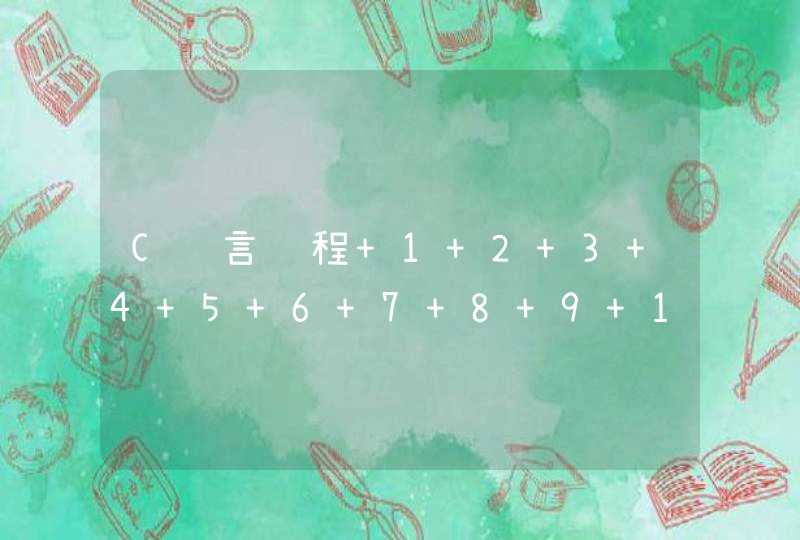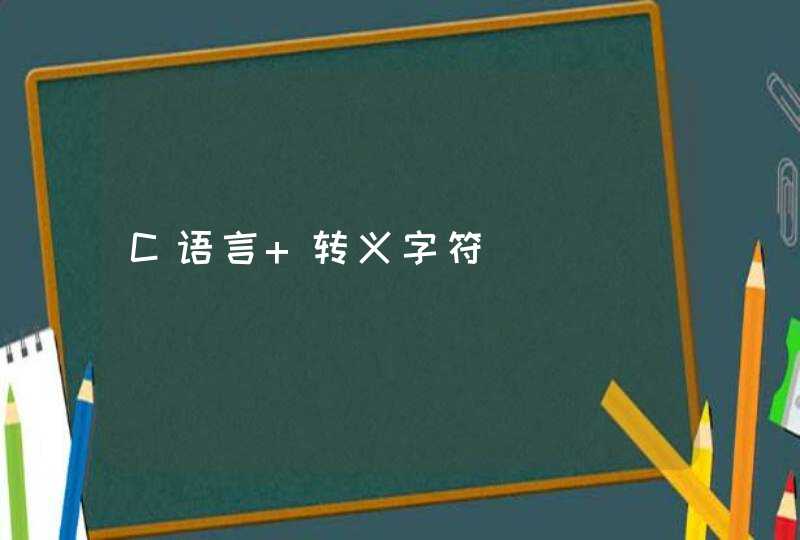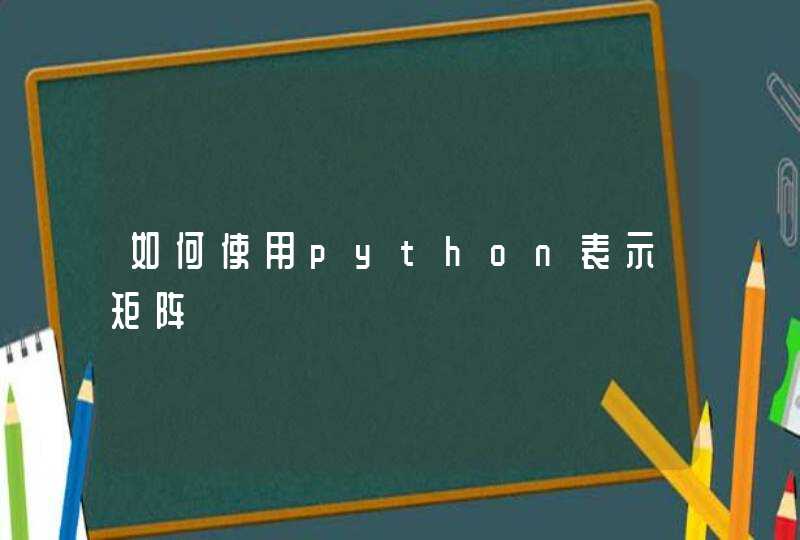
import java.math.BigDecimal
public class AmountUtil {
// 默认除法运算精度
private static final int DEFAULT_DIV_SCALE = 2
/**
* 提供精确的加法运算。
*
* @param v1
* @param v2
* @return 两个参数的和
*/
public static double add(double v1, double v2) {
BigDecimal b1 = new BigDecimal(Double.toString(v1))
BigDecimal b2 = new BigDecimal(Double.toString(v2))
return b1.add(b2).doubleValue()
}
/**
* 提供精确的加法运算
*
* @param v1
* @param v2
* @return 两个参数数学加和,以字符串格式返回
*/
public static String add(String v1, String v2) {
BigDecimal b1 = new BigDecimal(v1)
BigDecimal b2 = new BigDecimal(v2)
return b1.add(b2).toString()
}
/**
* 提供精确的减法运算。
*
* @param v1
* @param v2
* @return 两个参数的差
*/
public static double subtract(double v1, double v2) {
BigDecimal b1 = new BigDecimal(Double.toString(v1))
BigDecimal b2 = new BigDecimal(Double.toString(v2))
return b1.subtract(b2).doubleValue()
}
/**
* 提供精确的减法运算
*
* @param v1
* @param v2
* @return 两个参数数学差,以字符串格式返回
*/
public static String subtract(String v1, String v2) {
BigDecimal b1 = new BigDecimal(v1)
BigDecimal b2 = new BigDecimal(v2)
return b1.subtract(b2).toString()
}
/**
* 提供精确的乘法运算。
*
* @param v1
* @param v2
* @return 两个参数的积
*/
public static double multiply(double v1, double v2) {
BigDecimal b1 = new BigDecimal(Double.toString(v1))
BigDecimal b2 = new BigDecimal(Double.toString(v2))
return b1.multiply(b2).doubleValue()
}
/**
* 提供精确的乘法运算
*
* @param v1
* @param v2
* @return 两个参数的数学积,以字符串格式返回
*/
public static String multiply(String v1, String v2) {
BigDecimal b1 = new BigDecimal(v1)
BigDecimal b2 = new BigDecimal(v2)
return b1.multiply(b2).toString()
}
/**
* 提供(相对)精确的除法运算,当发生除不尽的情况时,精确到 小数点以后2位,以后的数字四舍五入,舍入模式采用ROUND_HALF_EVEN
*
* @param v1
* @param v2
* @return 两个参数的商
*/
public static double divide(double v1, double v2) {
return divide(v1, v2, DEFAULT_DIV_SCALE)
}
/**
* 提供(相对)精确的除法运算。当发生除不尽的情况时,由scale参数指 定精度,以后的数字四舍五入。舍入模式采用ROUND_HALF_EVEN
*
* @param v1
* @param v2
* @param scale
*表示需要精确到小数点以后几位。
* @return 两个参数的商
*/
public static double divide(double v1, double v2, int scale) {
return divide(v1, v2, scale, BigDecimal.ROUND_HALF_EVEN)
}
/**
* 提供(相对)精确的除法运算。当发生除不尽的情况时,由scale参数指 定精度,以后的数字四舍五入。舍入模式采用用户指定舍入模式
*
* @param v1
* @param v2
* @param scale
*表示需要精确到小数点以后几位
* @param round_mode
*表示用户指定的舍入模式
* @return 两个参数的商
*/
public static double divide(double v1, double v2, int scale, int round_mode) {
if (scale <0) {
throw new IllegalArgumentException(
"The scale must be a positive integer or zero")
}
BigDecimal b1 = new BigDecimal(Double.toString(v1))
BigDecimal b2 = new BigDecimal(Double.toString(v2))
return b1.divide(b2, scale, round_mode).doubleValue()
}
/**
* 提供(相对)精确的除法运算,当发生除不尽的情况时,精确到 小数点以后10位,以后的数字四舍五入,舍入模式采用ROUND_HALF_EVEN
*
* @param v1
* @param v2
* @return 两个参数的商,以字符串格式返回
*/
public static String divide(String v1, String v2) {
return divide(v1, v2, DEFAULT_DIV_SCALE)
}
/**
* 提供(相对)精确的除法运算。当发生除不尽的情况时,由scale参数指 定精度,以后的数字四舍五入。舍入模式采用ROUND_HALF_EVEN
*
* @param v1
* @param v2
* @param scale
*表示需要精确到小数点以后几位
* @return 两个参数的商,以字符串格式返回
*/
public static String divide(String v1, String v2, int scale) {
return divide(v1, v2, DEFAULT_DIV_SCALE, BigDecimal.ROUND_HALF_EVEN)
}
/**
* 提供(相对)精确的除法运算。当发生除不尽的情况时,由scale参数指 定精度,以后的数字四舍五入。舍入模式采用用户指定舍入模式
*
* @param v1
* @param v2
* @param scale
*表示需要精确到小数点以后几位
* @param round_mode
*表示用户指定的舍入模式
* @return 两个参数的商,以字符串格式返回
*/
public static String divide(String v1, String v2, int scale, int round_mode) {
if (scale <0) {
throw new IllegalArgumentException(
"The scale must be a positive integer or zero")
}
BigDecimal b1 = new BigDecimal(v1)
BigDecimal b2 = new BigDecimal(v2)
return b1.divide(b2, scale, round_mode).toString()
}
/**
* 提供精确的小数位四舍五入处理,舍入模式采用ROUND_HALF_EVEN
*
* @param v
*需要四舍五入的数字
* @param scale
*小数点后保留几位
* @return 四舍五入后的结果
*/
public static double round(double v, int scale) {
return round(v, scale, BigDecimal.ROUND_HALF_EVEN)
}
/**
* 提供精确的小数位四舍五入处理
*
* @param v
*需要四舍五入的数字
* @param scale
*小数点后保留几位
* @param round_mode
*指定的舍入模式
* @return 四舍五入后的结果
*/
public static double round(double v, int scale, int round_mode) {
if (scale <0) {
throw new IllegalArgumentException(
"The scale must be a positive integer or zero")
}
BigDecimal b = new BigDecimal(Double.toString(v))
return b.setScale(scale, round_mode).doubleValue()
}
/**
* 提供精确的小数位四舍五入处理,舍入模式采用ROUND_HALF_EVEN
*
* @param v
*需要四舍五入的数字
* @param scale
*小数点后保留几位
* @return 四舍五入后的结果,以字符串格式返回
*/
public static String round(String v, int scale) {
return round(v, scale, BigDecimal.ROUND_HALF_EVEN)
}
/**
* 提供精确的小数位四舍五入处理
*
* @param v
*需要四舍五入的数字
* @param scale
*小数点后保留几位
* @param round_mode
*指定的舍入模式
* @return 四舍五入后的结果,以字符串格式返回
*/
public static String round(String v, int scale, int round_mode) {
if (scale <0) {
throw new IllegalArgumentException(
"The scale must be a positive integer or zero")
}
BigDecimal b = new BigDecimal(v)
return b.setScale(scale, round_mode).toString()
}
public static String doubleToString(double num, int scale, int round_mode) {
if (scale <0) {
throw new IllegalArgumentException(
"The scale must be a positive integer or zero")
}
BigDecimal b = new BigDecimal(num)
return b.setScale(scale, round_mode).toString()
}
}
package com.nileader.big.entitypublic class BigInt {
private String data_str//原始数据
private int digit//数据位数
private int[] data//大数
private boolean carry = false//进位标识符
/**
* setter and getter
*/
public boolean isCarry() {
return carry
}
public void setCarry(boolean carry) {
this.carry = carry
}
public String getData_str() {
return data_str
}
public void setData_str(String data_str) {
this.data_str = data_str
}
public int[] getData() {
return data
}
public void setData(int[] data) {
this.data = data
}
public int getDigit() {
return digit
}
public void setDigit(int digit) {
this.digit = digit
}
//构造方法
public BigInt(){}
public BigInt(String str_data)
{
this.setData_str(str_data)
}
//基本操作
/**
* 形成大数 初始化
*/
public void initBInt()
{
this.setDigit( this.getData_str().length() )
this.data = new int[this.getDigit()]
//将字符组成的大数逆序放入int[] data中
for(int i = 0, j=this.getDigit() i
{
// 1104 -->data[0] = '4',data[1] = '0',data[2]=1, data[3]= '1'
this.data[i] = Integer.parseInt( this.getData_str().substring(j-1,j) )
}
}
/**
* 进行大数相加操作
*/
public void add( BigInt bint)
{
//this的位数大于bint的位数
if( this.getDigit() <bint.getDigit() )
{
int[] datatemp = this.getData()
this.setData( bint.getData())
bint.setData( datatemp)
this.setDigit(this.getData().length)
bint.setDigit(bint.getData().length)
}
//将短的那个先加完
int i =0
for(i
{
int tdata = 0
//上次运算有进位
if( this.isCarry())
{
tdata = this.getData()[i] + bint.getData()[i] +1
//取消进位标识
this.setCarry(false)
}
else tdata = this.getData()[i] + bint.getData()[i]
//本次结果无进位
if(tdata <10) this.data[i] = tdata
//本次结果有进位
else if(tdata >=10)
{
this.data[i] = tdata -10
this.setCarry(true)
}
} //短的那个加完了
//剩余数的处理
for(i
{
//有个进位的
if(this.isCarry())
{
int tdata = this.data[i]+1
if(tdata >=10) this.data[i] = tdata -10
else
{
this.data[i] = tdata
this.setCarry(false)
}
}
}
//对最高位益处检测
if(this.data[this.getDigit()-1] == 0)
{
int[] tdata = new int[this.getDigit()+1]
System.arraycopy(this.getData(), 0, tdata, 0, this.getDigit())
tdata[this.getDigit()] = 1
this.setData(tdata)
}
}
}
其中代码段
//对最高位益处检测
if(this.data[this.getDigit()-1] == 0)
{
int[] tdata = new int[this.getDigit()+1]
System.arraycopy(this.getData(), 0, tdata, 0, this.getDigit())
tdata[this.getDigit()] = 1
this.setData(tdata)
}








![R语言 > pairs(iris[,1:4]) > pairs(iris[1:4]) 这俩语句画的图一样,,那个逗号是干嘛的??](/aiimages/R%E8%AF%AD%E8%A8%80+%26amp%3Bgt%3B+pairs%28iris%5B%2C1%3A4%5D%29+%26amp%3Bgt%3B+pairs%28iris%5B1%3A4%5D%29+%E8%BF%99%E4%BF%A9%E8%AF%AD%E5%8F%A5%E7%94%BB%E7%9A%84%E5%9B%BE%E4%B8%80%E6%A0%B7%EF%BC%8C%EF%BC%8C%E9%82%A3%E4%B8%AA%E9%80%97%E5%8F%B7%E6%98%AF%E5%B9%B2%E5%98%9B%E7%9A%84%EF%BC%9F%EF%BC%9F.png)


























































